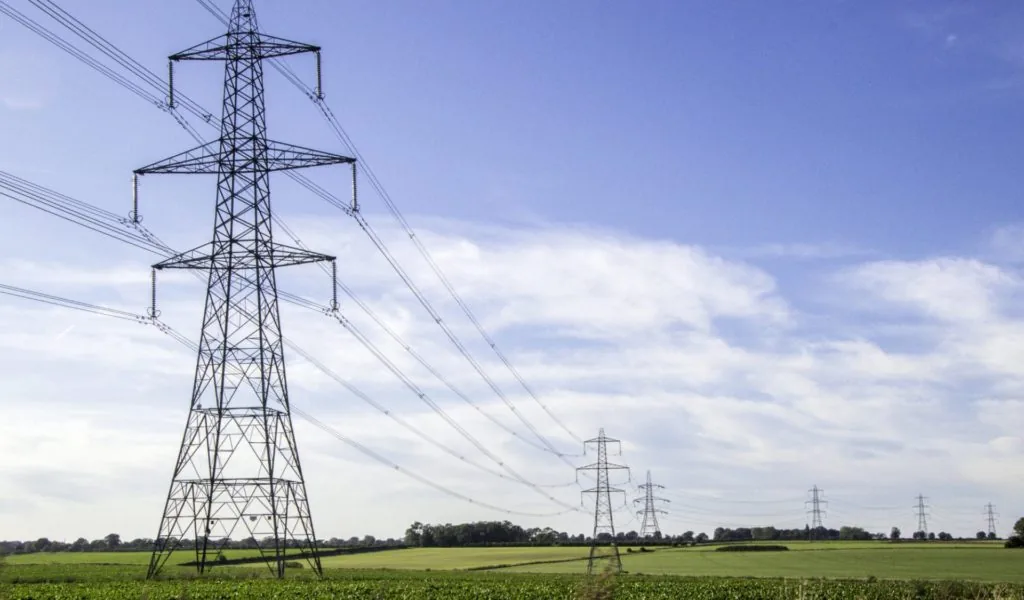
Joint ventures in the energy sector – To partner or not to partner?


Recent years have seen a rise in Joint Venture (JV) activity in the energy sector. In some instances, JVs have been used as a way of taking advantage of an incentive programme and in other instances as a risk-sharing mechanism.
Grid-sharing arrangements, co-location of technologies and development of greenfield sites are types of projects where JV structures have been deployed to address a problem or enable the development more generally.
Traditionally, JVs have allowed developers to enter new markets, thus benefiting from local knowledge and connections, or raise capital, where the selected JV partner is more established or has a higher profile in the relevant industry or territory.
The appetite for investment from outside the UK into UK renewable energy and battery storage projects is at a high, as overseas funds perceive an opportunity for strong returns in a well-regulated market, often serving as a test-bed for wider global project development.
We have previously explored some of the key issues arising in a JV context and the considerations that need to be at the forefront of the contracting parties' minds in a series of articles.
Here, we wanted to bring together our top 3 considerations for making a successful JV:
Alignment of Values and Objectives:
Are the values and objectives (both short and long term) of the partners aligned? This is something that should be considered in detail at the outset, prior to any meaningful negotiations taking place.
There are instances, where the interests of the JV partners, whilst originally aligned, diverged at a later date. An example of this might be a JV between a community-owned organisation and a commercial developer who obtains funding from an institutional investor. Therefore, there should be consideration of a mechanism to allow the partners to revisit the shared values and objectives and if they are diverging what would be a suitable outcome for all involved, whether a buy-out, sale, IPO, winding up or otherwise.
Are the partners aligned on the exit strategy or do they wish to take a more opportunistic approach and respond to trends in the market? Similarly, the partners need to consider how integral the characteristics of a particular partner are for the JV. Are they interchangeable or does the exit of a particular partner signify the end of the JV?
Allocation of Responsibilities and Oversight:
Are the partners clear on what they will each contribute to the success of the JV? In instances where a JV is used as a vehicle to access a new territory, the party with the local knowledge/expertise will be expected to do most of the work to progress the development. What oversight, if any, do the remaining partners wish to have over this process? Will such oversight potentially stifle, rather than, accelerate progress of the proposed development?
The non-local partner will usually wish to exercise control over the development process in the new territory, either through the reserved consent matters in the JV documentation or through detailed reporting obligations of the local partner. Both of these mechanisms can create bottlenecks and delays, which are not in the best interests of the partners and so it is always important to ensure that there are suitable protections for the efficiency and smooth running of the JV.
Right amount of incentives and disincentives:
The hope for any JV is that once the JV documentation is signed it is put away in a drawer and never looked at again as the partners work seamlessly together and it is a great success for all. However, it is prudent to consider areas where disagreements or defaults may arise and, if they do, ensuring that there is the right outcome. There needs to be the right level of incentives and disincentives to keep each of the partners true.
For example, are partners expected to direct all new opportunities through the JV? If they are and a partner breaches this obligation what would be the outcome? Should that partner be required to sell its interest or should there be another type of remedy? How would that interest be valued and should a discount be applied? And would or could the non-defaulting partner want or be able to buy the defaulting partner out? It is critical to ensure that a partner cannot engineer a breach of the terms to reach a favourable outcome.
Get in touch
Over the years we have worked with a number of developers, across a wide range of technologies and we have negotiated a range of JV agreements. If you are considering entering into a JV, are already a party to a JV or considering exiting one, our team of experts would be happy to help.















